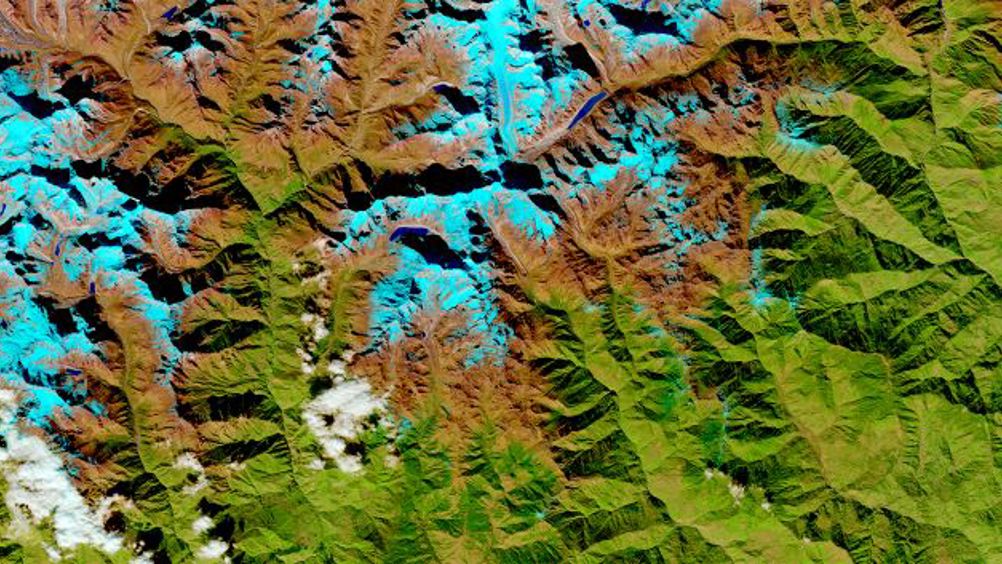IBM and NASA team up on AI climate insights
IBM and NASA’s Marshall Space Flight Centre are collaborating to use IBM’s artificial intelligence (AI) technology to derive new insights from NASA’s Earth data.

The joint work will apply AI foundation model technology to NASA’s geospatial science and Earth-observing satellite data for the first time.
Foundation models are types of AI models that are trained on a broad set of unlabelled data, can be used for different tasks, and can apply information about one situation to another. These models have rapidly advanced the field of natural language processing (NLP) technology over the last five years, IBM said, describing itself as ‘pioneering’ applications beyond language.
Earth observations that allow scientists to study and monitor our planet are being gathered at unprecedented rates and volume. Innovative new approaches are required to extract knowledge from these vast datasets. The goal of IBM and NASA’s partnership is to provide an easier way for researchers to gain these insights.
According to IBM, its foundation model technology has potential to speed up the discovery and analysis of these data in order to quickly advance the scientific understanding of Earth and response to climate-related issues.
Register now to continue reading
Thanks for visiting The Engineer. You’ve now reached your monthly limit of news stories. Register for free to unlock unlimited access to all of our news coverage, as well as premium content including opinion, in-depth features and special reports.
Benefits of registering
-
In-depth insights and coverage of key emerging trends
-
Unrestricted access to special reports throughout the year
-
Daily technology news delivered straight to your inbox










Construction industry lags in tech adoption
Are these the best people to ask "Insights from 2,000 Industry Leaders"? - what would their customers views be like (perhaps more...